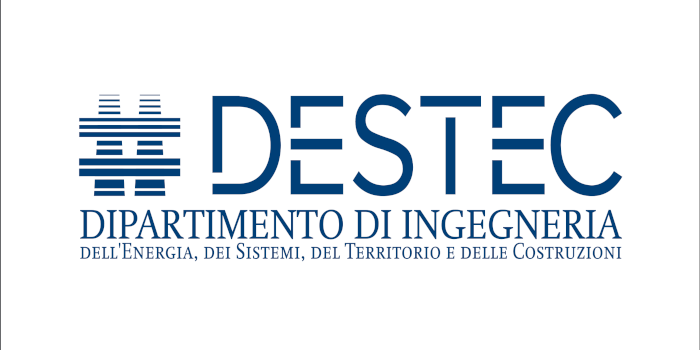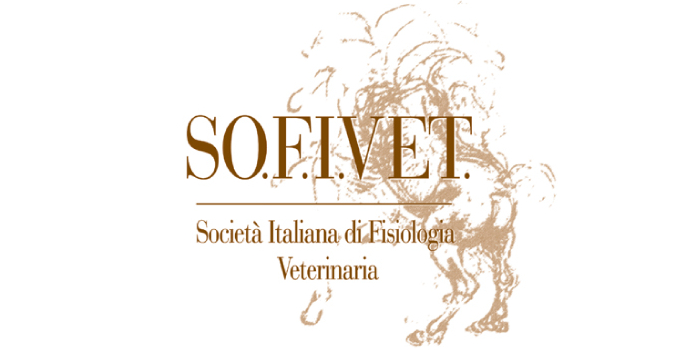SPECIAL SESSION #7
GIS and Earth Observation Applications in Veterinary Medicine: Longing for a One Health Approach
ORGANIZED BY
Tommaso Orusa
Istituto Zooprofilattico Sperimentale dell'Abruzzo e del Molise "G. Caporale", Teramo, Italy
Samuele De Petris
Department of Agricultural, Forest and Food Sciences, University of Turin, Grugliasco, Italy
Annalisa Viani
Azienda USL della Valle d'Aosta, SC Animal Health, Aosta, Italy
Carla Ippoliti
Istituto Zooprofilattico Sperimentale dell'Abruzzo e del Molise "G. Caporale", Teramo, Italy
ABSTRACT
Geostatistics and remote sensing are widely used in fields like environmental science, agronomy, and forestry, but their application in veterinary medicine and wildlife studies is still underdeveloped. There's a need to enhance skills in these areas to integrate geographical data tools into veterinary medicine, especially for understanding vector-borne diseases that affect both animals and humans, impacting public health. Remote sensing and GIS technologies allow for detailed mapping of landscapes, enabling the study of environmental factors linked to disease emergence and spread. When combined with spatial epidemiological statistics, these tools help analyze large areas, identify critical landscape features, and model the habitats of disease vectors or hosts. This approach improves the understanding of disease patterns and aids in risk assessment, ultimately supporting better environmental management and planning within the One Health framework. This session encourages contributions focusing on the use of spatial analysis, GIS and remote sensing in veterinary applications, particularly related to wildlife, zoonoses, epidemiology, vector control, livestock management, and food security. Topics of interest include habitat characterization, risk modeling, and the role of geospatial data in disease control and public health.

















